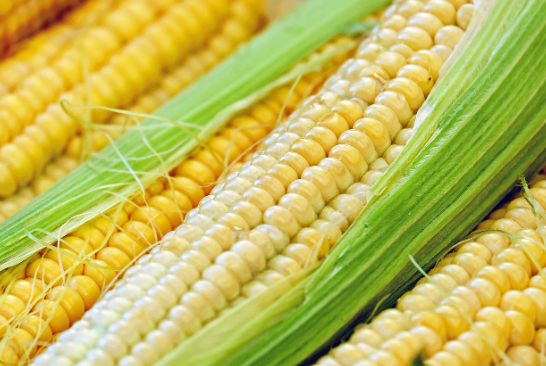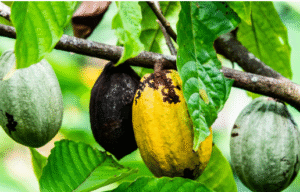$CORN $CME #CornFutures #Agriculture #CommodityTrading #MarketNews #GrainMarket #USDA #ExportSales #Farmers #CornPrices #MarketAnalysis
Why Did Corn Prices Drop on Monday? Discover What Pushed the Market Lower!
In this week’s corn news, the market experienced fluctuations that left many traders wondering about the underlying causes. Corn futures rebounded from midday losses on Monday, yet contracts ultimately settled lower. Specifically, prices closed down by 1 to 2.5 cents across nearby futures. This decline has raised questions about market dynamics and future projections for corn prices.
The CmdtyView national average cash corn price fell by 1.25 cents, landing at $3.75 1/4. This decrease is noteworthy, especially considering the recent volatility in agricultural markets. The U.S. Department of Agriculture (USDA) reported a significant private export sale of 320,068 metric tons of corn to Mexico, which typically signals strong demand. However, the overall market response was muted, indicating that other factors may have overshadowed this positive development.
Understanding Market Sentiment: The Role of Supply and Demand
To grasp why corn prices dropped, it’s essential to consider the broader supply and demand landscape. Current forecasts suggest that yields could be robust this season, which often leads to an oversupply situation. When traders anticipate an excess supply, prices tend to decrease, regardless of individual export sales. In this case, while the sale to Mexico is a positive indicator, it may not be sufficient to counterbalance concerns about overall production levels.
Moreover, geopolitical tensions and economic uncertainties can further complicate market dynamics. For instance, fluctuations in fuel prices or shifts in domestic and international policies regarding agriculture can impact farmer profit margins, which in turn can influence their planting decisions for the next season.
The Impact of Weather Conditions on Corn Futures
Weather conditions are another critical factor affecting corn prices. Recent forecasts indicate potential adverse weather patterns that could impact crop yields. Drought or excessive rainfall can hinder growth, leading to supply shortages. Conversely, favorable weather often leads to increased production, which can depress prices. Traders are constantly monitoring these environmental factors, as they can shift market sentiment dramatically.
Future Outlook: What Lies Ahead for Corn Prices?
Looking ahead, traders and analysts will need to keep a close eye on both domestic and global factors that influence corn prices. The upcoming harvest season will be crucial in determining whether the current prices will stabilize or continue to decline. If yields are indeed strong, we may witness a further drop in prices, especially if export demand does not keep pace.
In conclusion, the recent drop in corn prices on Monday reflects a complex interplay of supply, demand, and external factors. While the reported export sale to Mexico offers a glimmer of hope, concerns about oversupply and weather conditions loom large. For ongoing updates, consider following the latest trends in the stock market to better navigate the ever-evolving agricultural landscape.
The corn market remains a vital indicator of agricultural health, and understanding these fluctuations is essential for stakeholders at all levels. Whether you’re a farmer, trader, or investor, staying informed about these dynamics will be key to making educated decisions in this market.











Comments are closed.